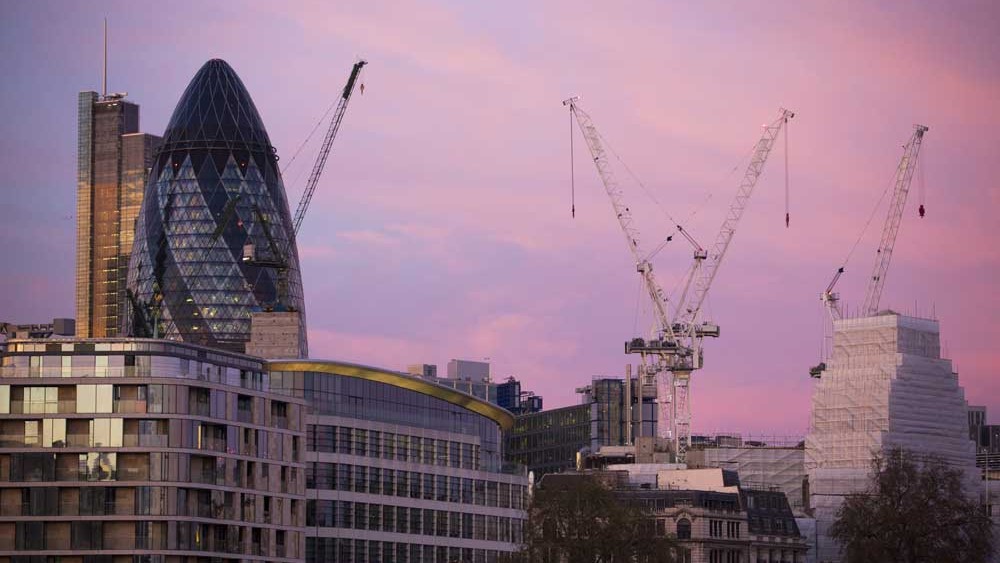UK house prices increased by 9.1% in the year to February 2014, up from 6.8% in the year to January 2014 according to latest statistics from the Office for National Statistics (ONS).
House price annual inflation grew by 9.7% in England, 5.3% in Wales, 2.4% in Scotland and 2.8% in Northern Ireland. House price growth is increasing strongly across most parts of the UK, with prices in London again showing the highest growth.
Annual house price increases in England were driven by rises in London (17.7%), the South East (8.0%) and the East of England (7.7%).
Excluding London and the South East, UK house prices increased by 5.8% in the 12 months to February 2014.
On a seasonally adjusted basis, average house prices increased by 1.9% between January and February 2014.
In February 2014, prices paid by first-time buyers were 10.5% higher on average than in February 2013. For owner-occupiers (existing owners), prices increased by 8.6% for the same period.
Peter Rollings, CEO at Marsh & Parsons, said: “House price growth in London continues to tower over that in the rest of the country, with properties in the capital increasing in value by 17.7% in the year to February 2014. Prices in the capital are boosted by insatiable demand for property from both UK and overseas buyers. Internationally, Prime London property in particular is still seen as an unshakeable pillar of investment, and until other forms of investments become more attractive, London property will continue to be viewed as a global reserve currency.
“Areas of South West London, such as Balham and Clapham, are showing the highest levels of annual price growth. These are fast becoming hot-spots for young families and first-time buyers eager to get onto the property ladder and who may have been priced out of more central areas. Strong demand in these areas is creating record conditions for sellers – we recently sold a two-bedroom flat in Fulham for considerably over the asking price, after 72 viewings and 14 offers were received within the space of two weeks.
“However we anticipate that these record-breaking conditions will also encourage sellers to put their homes on the market in the busier spring season, easing the competition among buyers and stabilising market conditions as housing stock is replenished.”
Paul Smith, CEO of haart said: “The definitive ONS house price index shows UK house price increases nudging towards 10% in February with London heading towards 18%. This will create speculation that a bubble is developing, however, while undoubtedly buyer demand is acute and the supply of homes limited we do not feel that this is the case. Across the haart network there are around 30 people per branch who have secured a buyer but can’t find a new home. With wages edging above inflation there will be more disposable income and this should encourage people to trade up and increase the supply.
“While house prices in London may have risen by 17.7% according to ONS, our data shows it’s more like 30% a year. London is another entity and the rest of the country does not reflect these steep rises. However, with greater caution from mortgage lenders and with even stricter loan criteria soon to be introduced the market will settle down to a more orderly position. Sellers must be persuaded that they will receive their asking prices – and if they wait to trade up they will have to pay more.”


Comments are closed.